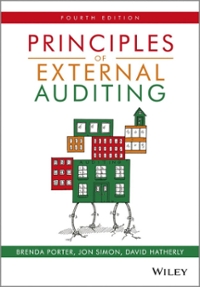



The Gilster Company, a machine tooling firm, has several plants. One plant, located in St. Falls, Minnesota, uses a job order costing system for its batch production processes. The St. Falls plant has two departments through which most jobs pass. Plantwide overhead, which includes the plant manager's salary, accounting personnel, cafeteria, and human resources, is budgeted at $200,000. During the past year, actual plantwide overhead was $194,000. Each department's overhead consists primarily of depreciation and other machine-related expenses. Selected budgeted and actual data from the St. Falls plant for the past year are as follows. Department A Department B $ 144,000 130,000 $ 451,000 466,000 Budgeted department overhead (excludes plantwide overhead) Actual department overhead Expected total activity: Direct labor hours Machine-hours Actual activity: Direct labor hours Machine-hours 32,000 12,000 10,000 41,000 32,500 12,500 9,000 43,000 For the coming year, the accountants at St. Falls are in the process of helping the sales force create bids for several jobs. Projected data pertaining only to job no. 110 are as follows. $15,500 36,000 8,000 Direct materials Direct labor cost: Department A (2,000 hr) Department B (500 hr) Machine-hours projected: Department A Department B Units produced 120 1,200 8,000 a-1. Assume the St. Falls plant uses a single plantwide overhead rate to assign all overhead (plantwide and department) costs to jobs. Find the overhead rate by using expected direct labor hours. a-2. Determine the projected amount of total manufacturing costs per unit for the units in job no. 110. b-1. Find the plant wide overhead rate by using expected machine hours. b-2. Find the department overhead rate using expected machine hours for Department A and Department B. b-2. Calculate the projected manufacturing costs for job 110 using the three separate rates computed in b-1 and b-2. c-1. The sales policy at St. Falls dictates that job bids be calculated by adding 20 percent to total manufacturing costs. What would be the bid for job no. 110 using the overhead rate from part a? c-2. The sales policy at St. Falls dictates that job bids be calculated by adding 20 percent to total manufacturing costs. What would be the bid for job no. 110 using the overhead rate from part b? -3. Which of the overhead allocation methods would you recommend










